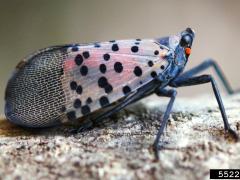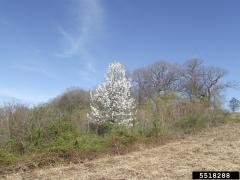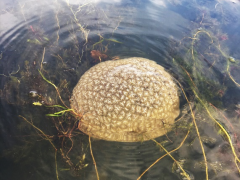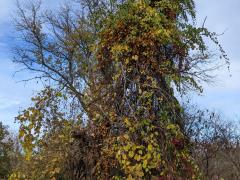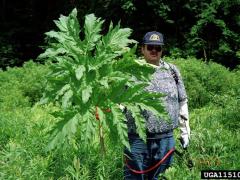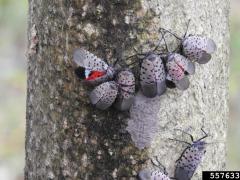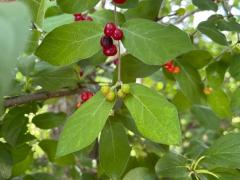Early Detection: Invasive Spindle-Tree
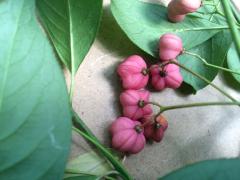
Invasive spindle-tree evolved in Asia and Europe and was introduced to North America most likely because of industrial uses for this woody shrub. The hard wood has historically been used to create spindles for wool, charcoal for art, and oils for soap making. More recently, this plant has become an ornamental landscaping plant.
